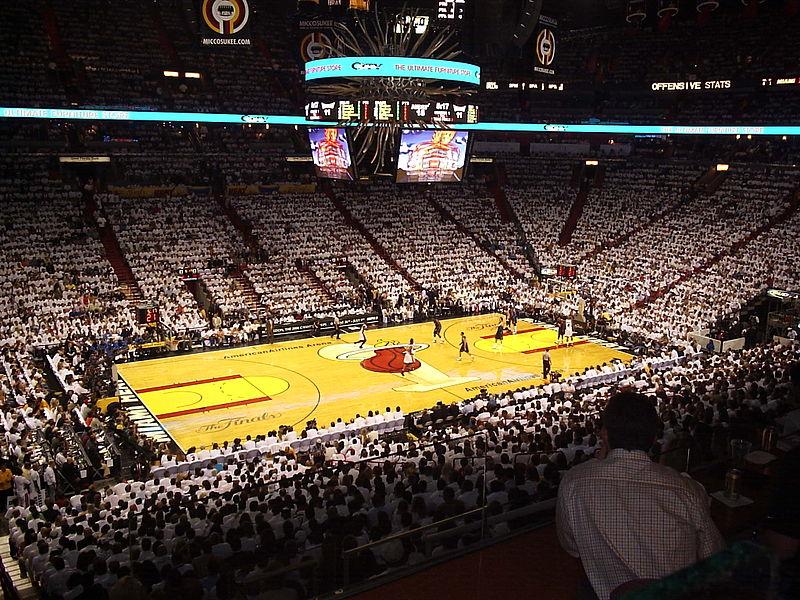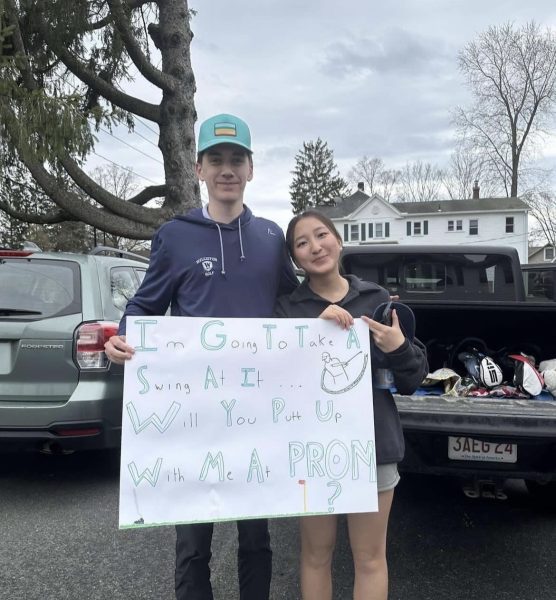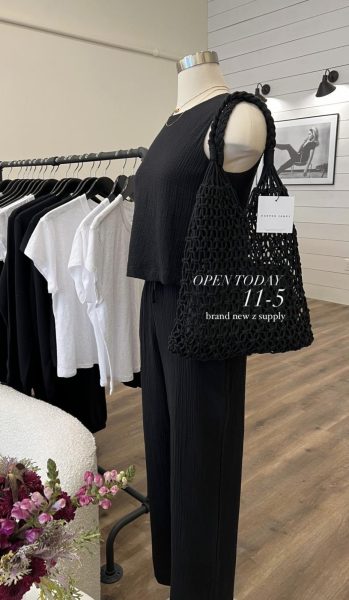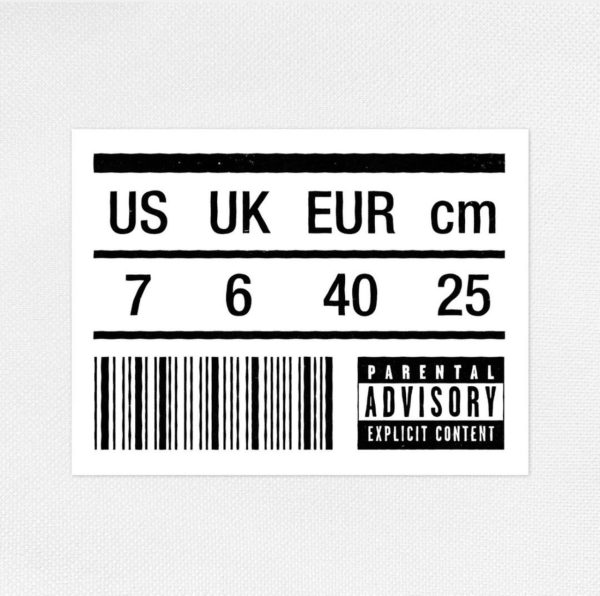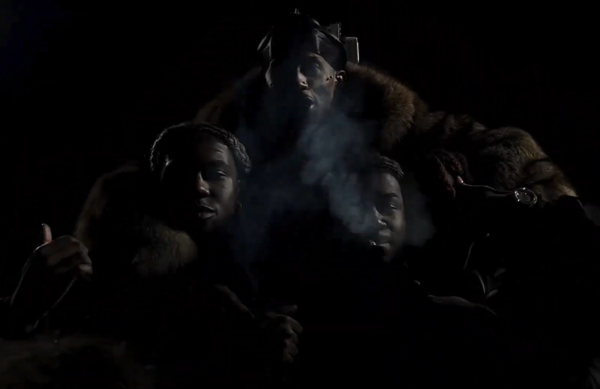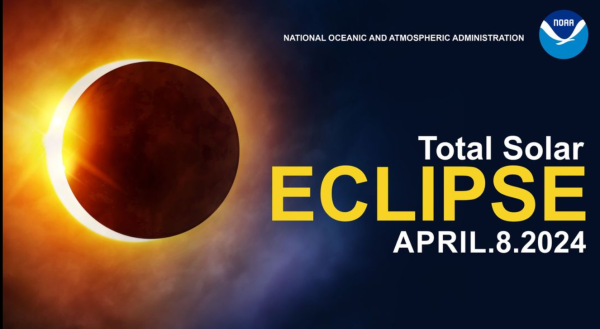Let’s End Tanking in the NBA
Photo via Chris Green under the Creative Commons License
A photo of game 3 of the 2006 NBA Finals at the American Airlines Arena in Miami.
There are NBA teams that lose because they just aren’t performing up to standards, and then there are teams that lose because they want a high draft pick.
There’s losing and then there’s “tanking.” It’s a shocking trend in the culture of professional basketball, and what’s more frightening is that it’s growing. Thanks to the draft lottery system, teams have begun to realize that mediocrity is the worst place to be in the NBA.
“I think that’s a corrosive perception out there,” said NBA Commissioner Adam Silver to Associated Press.
As it stands right now, according to the current lottery system in place since 1985, the worst teams in the league will have the highest chance at having a top three pick in the next draft. The team with the worst record in the league is guaranteed a top four pick. Based on the level of college basketball and the enormous pressure being put on players to excel at a young age, the top pick in the NBA draft is one of the most valuable assets around.
In simple terms, the worst team gets one of the most coveted prizes while teams that win more games get significantly less in the form of a middle of the pack draft choice.
Why is this? Well, without giving some sort of a consolation prize, bad teams would have a nearly impossible path back to being championship contenders. In theory, this should work right? Well it absolutely does, until teams begin to intentionally trade away all of their best players with the hope of losing and getting a top player for next season.
In his 2007 column on tanking for ESPN The Magazine, famed NBA writer Bill Simmons downplayed the value of high draft picks that teams were setting themselves up to acquire.
In his column, Simmons notes, “Ever since Orlando went back-to-back, top picks have gone to lousy teams every spring, creating a vicious circle in which the lottery replenishes weak teams with blue-chippers who aren’t ready to carry weak teams. In the past 14 years, only one No. 1 pick made his team instantly competitive: Tim Duncan, who joined a contender that had slipped only because of injuries.”
You might ask: why does a draft system based on regular season record work so well in other sports leagues like the NFL? Something often overlooked is the NBA’s significantly smaller roster size. An NBA team can build a competitive roster in just one free agency period while an NFL team would have much more trouble filling out a competitive 53-man squad since so much of football based on building a team over time.
Fans of no sport ever should be satisfied with losing. It’s insulting for teams to sell tickets for high prices while their executives build a team which they expect (and hope) to lose.
In an interview with ESPN’s Andy Katz, NBA Commissioner Adam Silver downplayed “tanking” noting, “No player is going out there to lose…I think there’s an absolute legitimate rebuilding process that goes on.”
Silver has a good point. Obviously every player is going to go out and play as well as he can to try to make a living, but what players are actually going to be on the court is up to the executives. They are the ones who are in charge of the strategies that are employed. It’s effective for executives to allow their team to lose for a high draft pick and that’s the problem. There’s no way the league can approve a rule to outlaw what the Philadelphia 76er’s and New York Knicks are doing, but, they can alter the way in which draft picks are assigned.
There are many alternatives to the draft lottery system that have been proposed by writers and fans. But, which is the best one? It’s a matter of what kind of league the NBA wants to make. The system needs to consider the structure of conferences and playoff seeding as well as the salary cap and contract restrictions.
In October 2014, NBA owners voted against a lottery reform for the next season. Small-market teams feared that they would have a more difficult time acquiring top players.
Commissioner Silver told the AP what he thought about the denied reform, saying, “I think, in essence, the owners were concerned about unintended consequences. I think we all recognize we need to find the right balance between creating the appropriate incentives on one hand for teams to, of course, win, and on the other hand allowing for appropriate rebuilding and the draft to work as it should in which the worst performing teams get the highest picks in the draft.”
There is no perfect method, but why not try a pure or weighted lottery system that includes playoff teams too?
Sixteen out of thirty teams in the NBA make the playoffs. Most seasons, the 5-8 seeded teams are significantly less competitive than the other playoff teams. Why not add them to the lottery and give every team a chance at every pick instead of basing the order on records after the first three picks are decided?
The NBA might need to do away with conferences for this to work and instead just take the best sixteen teams because of the differences between the East and West. The lottery would, of course, need to be weighted in the favor of the worst performing teams, but they would no longer have a sure way of acquiring a top draft choice and rebuilding teams would not be as hesitant to sneak into the playoffs. The result is a more competitive and exciting league from top to bottom.
The one downside might be that a bad team could have a more challenging path to rebuilding, but if the teams actually utilized the cap space that they tend to have each offseason while ‘tanking’, they could actually be much better.
The NBA is unique among other professional sports leagues in the way that a team can’t just sign all the most talented players at each position and guarantee themselves a winning team. A professional basketball team needs to be built with talent that fits together strategically. With a change, more teams will look to innovate themselves in their strategies rather than signing one player to a maximum deal and expecting him to carry the team. Sure, isolation based ‘hero ball’ might make some of the biggest stars in the game of basketball and it will most definitely still exist, regardless of any changes but finding hidden talent and building rosters will be more prevalent than ever.
Don’t rid the lottery, just alter it alongside with the overall structure of the league. Let’s end tanking and return to watching a higher level of basketball in any game, no matter the circumstances of the teams involved.
A version of this article appears on New York Sports Hub on January 20, 2015.



